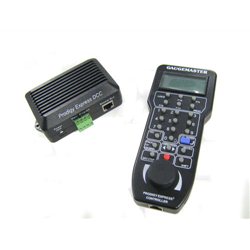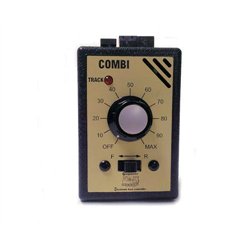There are tens of thousands of decals available covering a multitude of different models from trains, planes and...
No products
Product successfully added to your shopping cart
There are 0 items in your cart. There is 1 item in your cart.
Search Tips
How do I test an engine without a controller?
You do not always have a model railway controller on you. And even if you do, sometimes you do not have any power socket to use it. This means you may not be able to test an engine before buying it.
The easiest solution is to get a 9 volt battery (the square one, also called PP3). It has two terminals on the top, positive and negative. If you gently place the terminals onto the wheels either side of your loco, the wheels should start turning.
Then turn the battery over and repeat the process. It should start the wheels running in the other direction which means that you have both forward and reverse.
Obviously this works only if the engine is analogue (DC). This will not work on DCC.
The next time you plan to visit a model railway exhibition or go to a car boot sale, pack a 9V battery with you as this can help you identify the best bargains!
Click here to receive the tips weekly in your mailbox. You can unsubscribe at any time.










